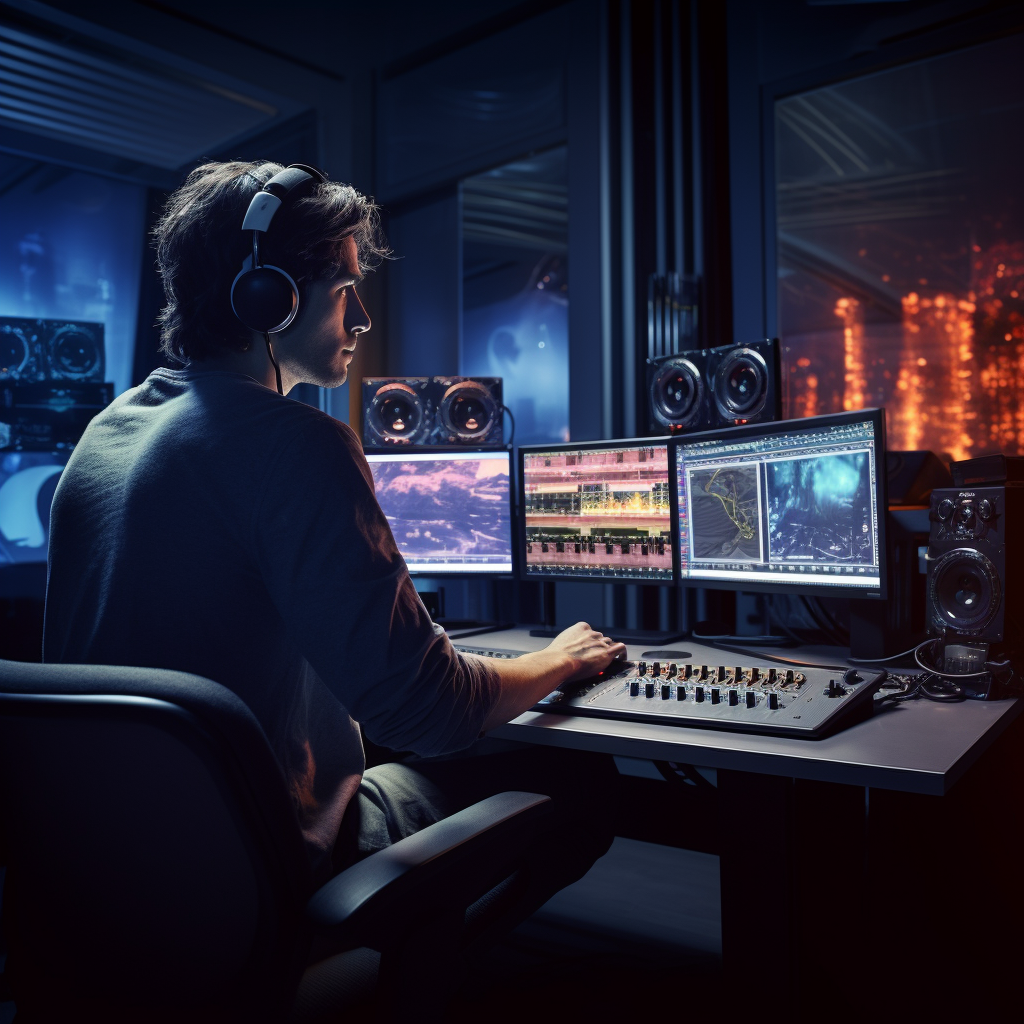Introduction
Dubbing, the art of replacing original audio tracks with translated or localized versions, is a crucial aspect of creating multilingual content that resonates with audiences worldwide. To ensure seamless communication between dubbing professionals, a standardized system of codes and symbols is employed in the industry. If you’re a user of our dubbing software, this guide will serve as your comprehensive reference to understanding and effectively utilizing these codes and symbols in your dubbing projects.
The Key to Effective Communication
Dubbing isn’t just about matching lip movements; it’s about conveying emotions, context, and cultural nuances in a new language. To achieve this, dubbing professionals employ a range of codes and symbols that facilitate clear communication between the scriptwriters, voice actors, sound engineers, and other team members involved in the dubbing process.
Understanding the Codes and Symbols
- Sync Bar: This signal marks the starting point of the video frame when the software is in a paused state. It provides a reference for synchronization during dubbing.
- Labialization Line: Placed below “m,” “b,” and “p” phonemes, this symbol denotes the start and end of complete mouth closure movements.
- Half-Labialization Cross: Positioned under “f” and “v” phonemes, this symbol indicates pronounced jaw movements.
- “Cul de Poule” Curve: Signifying a tight and marked jaw movement, this symbol is often applied to the most emphasized articulations.
- Open Mouth Arrow: This arrow indicates the moment when a character’s mouth opens.
- Closed Mouth Arrow: Conversely, this arrow marks the moment of mouth closure.
- Parentheses (ctrl+6): Used for specific mouth movements such as “ch” or strongly articulated dentals.
- Shot Change Symbol: Indicates transitions between shots or scenes.
- Solid Off Line: Underlines text or reactions from Off-screen characters, like voice-overs or narrators.
- Dotted Line for Back View Characters: Marks text or reactions of a character “ON” seen from behind or with the mouth not visible.
- Annotations and Clarifications: Enclosed within brackets or parentheses next to character labels, these provide supplementary information.
- Ambiance Start Arrow: Signals the start of a background ambiance.
- Ambiance End Arrow: Indicates the conclusion of a background ambiance.
- Overlap Markings: Used when characters speak simultaneously, marked with overlap start and end arrows.
- “All” Character: Used for unspecified gender or identity-neutral characters.
- “Ndd” (Neutral Detector’s Note) Character: Represents a neutral character without classification.
- Synchronization Codes (Start, 1000, PI, DI): Sync markers denoting the beginning, middle, and end of a loop.
- Ambiance Characters: Named and characterized to represent extras or background sounds.
- “Insert” Character: Designates text inscribed within the image, like signs, newspapers, or text on walls.
- Phonetics: Accurate phonetic transcription of dialogues, used to guide actors’ rhythm.
- Multilingual Characters: Annotations differentiate languages spoken by characters and allocate appropriate text.
- “Singing” Characters: Indicates when a character is singing, with appropriate phonetic notation.
- “HP” (Loudspeaker) Characters: Used for public announcements, like police radios or airport announcements.
- Use of VI (Version Internationale): Sounds present in the international version may require detection even if not dubbed.
- Color Codes (Mosaic): Employed to differentiate text from various characters for clarity on the rhythmo band.
Conclusion
In the world of dubbing, effective communication is essential for crafting high-quality, culturally resonant content. Familiarizing yourself with these dubbing codes and symbols will empower you to collaborate seamlessly with dubbing professionals, ensuring that your projects achieve their intended impact across languages and cultures. Keep this guide handy as your ultimate reference for mastering the art of dubbing and taking full advantage of our dubbing software’s capabilities. Happy dubbing!

